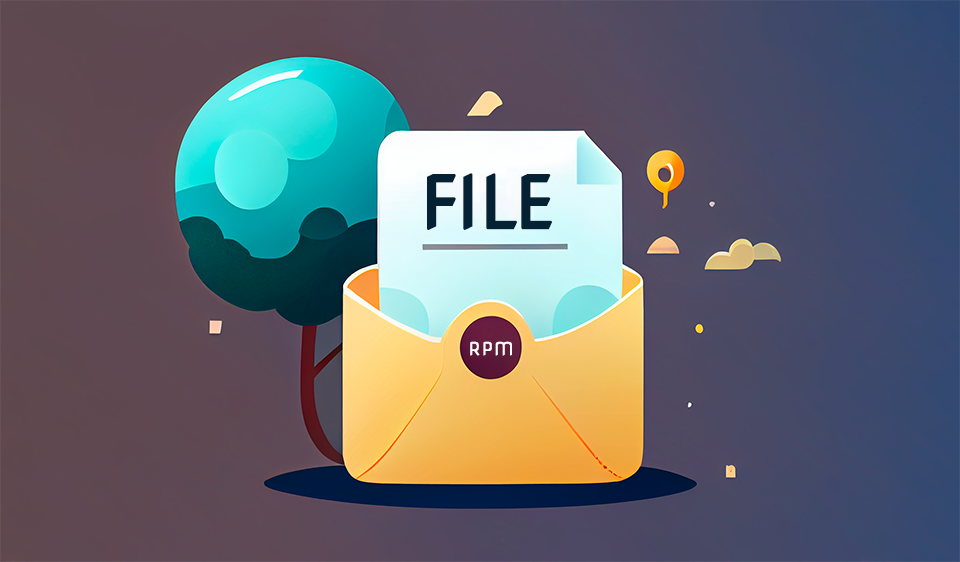What is RPM?
RPM (Red Hat Package Manager) is a file format used for packaging and distributing software applications and other types of data. RPM is commonly used on Linux and Unix-like operating systems, particularly those based on the Red Hat Enterprise Linux (RHEL) distribution. RPM files are typically identified by the .rpm file extension.
How does RPM work?
RPM works by packaging software applications and other types of data into a single file, known as a package, that can be easily installed and managed on a Linux or Unix-like system. RPM packages contain the files, metadata, and instructions needed to install and manage the software or data contained in the package. RPM packages can be created, modified, and installed using specialized software, such as the rpm utility.
Advantages of RPM
There are several advantages to using RPM for packaging and distributing software and other types of data:
- RPM is a widely supported and well-established file format that is compatible with many Linux and Unix-like operating systems.
- RPM is highly efficient and allows for the easy creation and management of software packages.
- RPM is highly flexible and can be customized to suit the needs of a particular application or use case.
Disadvantages of RPM
There are also a few disadvantages to using RPM:
- RPM may require more advanced knowledge and skills to set up and manage, as it is a more complex file format than some other formats.
- RPM may not be compatible with some older software programs and operating systems that do not support the RPM file format.
Uses of RPM
RPM is commonly used for packaging and distributing software applications and other types of data on Linux and Unix-like operating systems. It is frequently used in conjunction with the rpm utility and other software management tools and is also sometimes used for storing and organizing other types of data.
